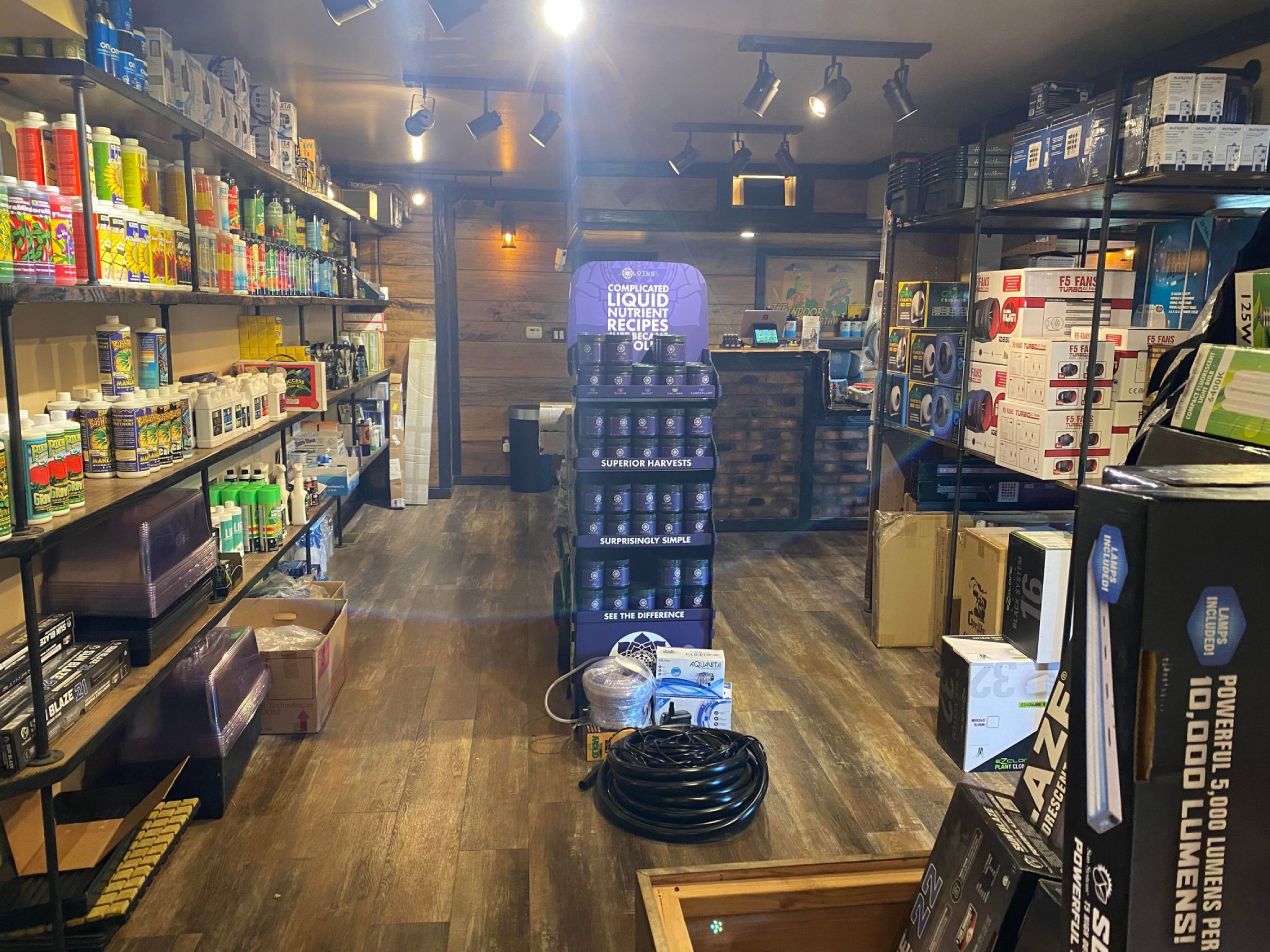The Ultimate Guide to Hydroponic Solutions and Techniques
In the globe of contemporary farming, hydroponic systems have emerged as a revolutionary method for cultivating plants without soil. The precise equilibrium of water, nutrients, and light in hydroponic setups supplies a promising choice to conventional farming methods. As we uncover the details of hydroponics in this detailed guide, we will certainly navigate with the various kinds of systems, check out the necessary nutrients important for plant development, and explore sophisticated methods that can dramatically enhance yields. What occurs when typical issues develop in hydroponic systems? Keep tuned to untangle the troubleshooting approaches that can make or break a successful harvest.
Benefits of Hydroponic Systems
Hydroponic systems supply a wide range of advantages, including effective resource usage and accurate nutrient shipment to plants. By giving a regulated environment for plant development, hydroponic systems enable ideal water and nutrient use, bring about higher returns compared to standard soil-based cultivation. This effectiveness not only saves resources however additionally minimizes waste, making hydroponic systems eco-friendly.
Moreover, the precise distribution of nutrients in hydroponic systems enables personalization based upon the specific requirements of each plant selection. This targeted technique makes certain that plants get the appropriate equilibrium of essential nutrients, promoting much healthier growth and lessening the risk of nutrient deficiencies or imbalances. Furthermore, the capability to monitor and readjust nutrient degrees in real-time maximizes plant productivity and overall crop top quality.
Moreover, hydroponic systems get rid of the demand for pesticides and herbicides, as the closed-loop system lowers the threat of parasites and diseases that are typically located in soil-based agriculture - The Indoor Earthworm. This not just profits the plants and the atmosphere yet likewise adds to creating cleaner, healthier crops for usage
Kinds Of Hydroponic Setups

Nutrient Movie Strategy (NFT) uses a shallow stream of nutrient option flowing over the plant roots, offering a constant supply of nutrients. Leak systems include dripping a nutrient solution onto the plant roots, using specific control over feeding.
Each type of hydroponic setup has its benefits and is suited to different plant ranges and development stages. Recognizing the distinct attributes of these systems can assist hydroponic growers select the most ideal arrangement for their particular needs and preferences.
Essential Nutrients for Hydroponics
In hydroponic systems, plants rely upon a specific equilibrium of essential nutrients to grow and grow successfully. These essential nutrients are essential for various plant functions such as photosynthesis, root advancement, and total growth. The key macronutrients required by plants in hydroponic systems are potassium, nitrogen, and phosphorus. Nitrogen is important for leafed environment-friendly growth, phosphorus aids in root advancement and flower/fruit manufacturing, while potassium assists in total plant health and go to website condition resistance.
In addition to macronutrients, plants likewise require second nutrients like calcium, sulfur, and magnesium, as well as micronutrients such as iron, copper, zinc, and manganese (The Indoor Earthworm). These nutrients are vital for making certain that plants have all the needed foundation to lug out vital organic processes

Advanced Methods for Optimum Return
To accomplish optimal returns in hydroponic systems, farmers can carry out innovative methods that enhance plant growth and efficiency. One such strategy is making use of supplemental lighting. By giving artificial source of lights such as LED or high-pressure sodium lights, cultivators can prolong the number of light hours plants obtain every day, promoting faster development and boosted returns. Another advanced method is the implementation of carbon dioxide supplements. Enhancing the levels of co2 in the expanding setting can promote photosynthesis and increase plant development considerably. Furthermore, utilizing techniques like plant training and pruning can help maximize light distribution and air movement, making sure that all components of the plant obtain sufficient light and nutrients. Utilizing automated systems for nutrient shipment and Discover More Here monitoring can aid preserve optimum nutrient degrees, lowering the danger of deficiencies or discrepancies that can prevent plant growth. By including these advanced methods right into their hydroponic systems, farmers can optimize yields and accomplish abundant harvests.
Troubleshooting Common Hydroponic Issues
When faced with challenges in hydroponic systems, cultivators often experience usual concerns that can prevent plant development and performance. One common trouble is nutrition deficiencies, where plants do not have essential elements for healthy and balanced development. To combat this, regular surveillance of nutrient degrees and readjusting the nutrient option appropriately is essential. One more usual problem is pH imbalance, which can result in nutrition lockout and inadequate absorption. Keeping the appropriate pH pop over to this site range specific to the plant being grown is important for optimal nutrient uptake. Furthermore, insufficient oxygen degrees in the root zone can lead to root rot and stunted development. Making certain proper oygenation and oxygenation of the nutrient service can aid prevent this problem. Bug problems, such as aphids or spider mites, can additionally afflict hydroponic systems. Applying integrated bug management approaches and frequently evaluating plants can help regulate and prevent invasions. By immediately identifying and dealing with these typical hydroponic concerns, cultivators can preserve healthy plants and take full advantage of returns in their hydroponic systems.
Verdict
In final thought, hydroponic systems supply various advantages for growing plants effectively. With careful planning and focus to information, hydroponic systems can transform the method plants are cultivated, leading to even more efficient and sustainable farming practices.
By providing a controlled setting for plant growth, hydroponic systems allow optimal water and nutrient use, leading to higher yields compared to standard soil-based farming. The Indoor Earthworm. Nutrient Movie Method (NFT) makes use of a superficial stream of nutrient remedy flowing over the plant roots, providing a constant supply of nutrients. Monitoring and changing nutrient degrees based on plant growth phases is vital to protecting against vitamins and mineral deficiencies or poisonings and optimizing plant productivity in hydroponic systems
Additionally, using techniques like plant training and pruning can help enhance light distribution and air movement, guaranteeing that all components of the plant get sufficient light and nutrients. Using automated systems for nutrient shipment and surveillance can assist maintain optimum nutrient levels, minimizing the threat of shortages or discrepancies that can hinder plant development.
Comments on “The Indoor Earthworm: An Interesting Study of Nature Indoors”